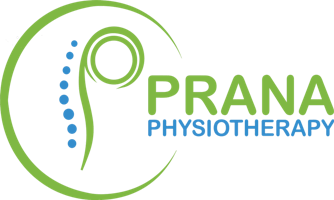News
Exercise program targeting hip muscles is best for painful knee

A more detailed review is needed on this topic
Patellofemoral pain syndrome (PFPS) is a very common condition in which the kneecap (patella) rubs against the upper leg bone (femur). PFPS occurs most frequently in individuals who are physically active, such as military recruits and runners. People who get the condition usually experience pain behind the kneecap that gets worse from running, squatting or climbing stairs. Many different options are available for treating PFPS, and some of these include rest, taping of the kneecap and a variety of exercises. There is now some evidence that strengthening the proximal muscles-a group of muscles around the hip and pelvis-is effective for treating patients with PFPS. But more research is needed to further support this treatment, and it should come in the form of a review. For this reason, a very powerful study called a systematic review was conducted on various types of strengthening exercises for PFPS. It was followed by a meta-analysis, which evaluated all the information found in the review and attempted to summarize it.
14 studies are used for the systematic review and meta-analysis
To gather data for the review, four major medical databases were searched for studies that looked into different types of exercises for PFPS. The studies had to investigate either exercises for the proximal muscles in the hips or the quadriceps muscles, which is another group of muscles in the front of the thigh. They also needed to be of high quality. This search led to a total of 14 studies to be used in the systematic review and meta-analysis. Data from these 14 studies was then reviewed and analyzed to determine how effective these various exercises were for patients with PFPS.
Proximal exercises are found to reduce pain and improve function for patients
Results showed that proximal-strengthening exercises for the hip were helpful for reducing pain and improving function in both the short- and medium-term. When these hip-strengthening exercises were combined with the quadriceps-strengthening exercises for the thigh muscles, it may lead to even longer-term benefits. It was also found that the hip-strengthening exercises alone were more effective than the thigh-strengthening exercises alone for reducing pain and improving function. The results from this systematic review and meta-analysis show that strengthening the proximal muscles around the hip can be very effective for treating patients who have PFPS. It also shows that adding exercises to strengthen the quadriceps may lead to even greater improvements. Patients with pain in their knee that may be due to PFPS will benefit from these types of exercises, and should see a physical therapist for more guidance and treatment.
-As reported in the November '15 issue of the British Journal of Sports Medicine
Disclaimer:
The information in the articles, posts, and newsfeed is intended for informational and educational purposes only and in no way should be taken to be the provision or practice of physical therapy, medical, or professional healthcare advice or services. The information should not be considered complete or exhaustive and should not be used for diagnostic or treatment purposes without first consulting with your physical therapist, occupational therapist, physician or other healthcare provider. The owners of this website accept no responsibility for the misuse of information contained within this website.
